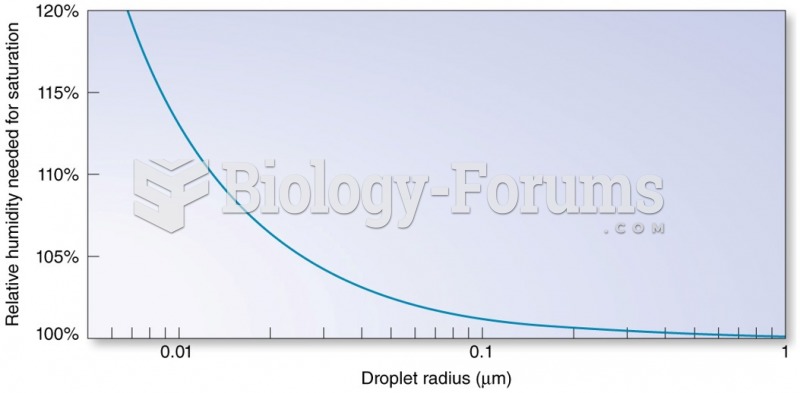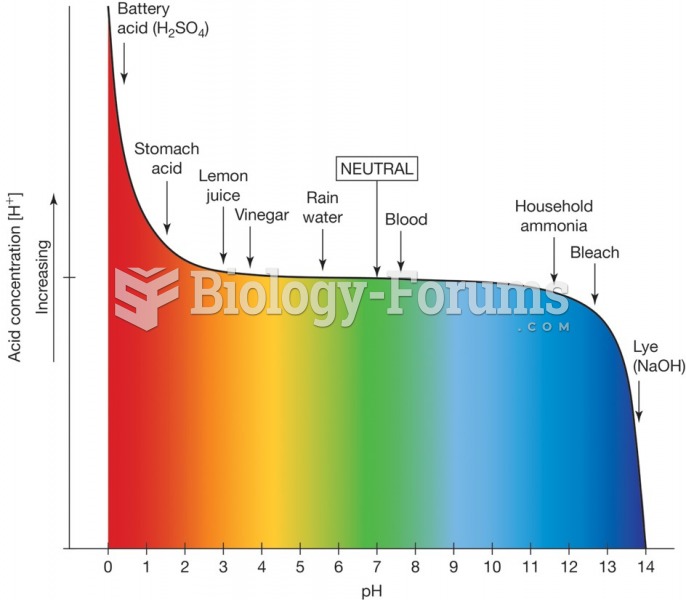Answer to Question 1
C
Answer to Question 2
Business markets differ from consumer markets in important ways. One of the most important differences involves the consumption of the purchased products. Consumers buy products for their personal use or consumption. In contrast, organizational buyers purchase products for use in their operations. These uses can be direct, as in acquiring raw materials to produce finished goods; or indirect, as in buying office supplies or leasing cars for salespeople. There are four types of business markets: commercial markets, reseller markets, government markets, and institutional markets. These markets differ from consumer markets in at least four major ways.
The Buying Center-The first key difference relates to the role of the buying center-the group of people responsible for making purchase decisions. In consumer markets, the buying center is fairly straightforward: The adult head-of-household tends to make most major purchase decisions for the family, with input and assistance from children and other family members as applicable. In an organization, however, the buying center tends to be much more complex and difficult to identify, in part because it may include three distinct groups of people-economic buyers, technical buyers, and users-each of which may have its own agenda and unique needs that affect the buying decision.
Hard and Soft Costs-The second difference between business and consumer markets involves the significance of hard and soft costs. Consumers and organizations both consider hard costs, which include monetary price and associated purchase costs such as shipping and installation. Organizations, however, must also consider soft costs, such as downtime, opportunity costs, and human resource costs associated with the compatibility of systems, in the buying decision.
Reciprocity-The third key difference involves the existence of reciprocal buying relationships. With consumer purchases, the opportunity for buying and selling is usually a one-way street: The marketer sells and the consumer buys. Business marketing, however, is more often a two-way street, with each firm marketing products that the other firm buys.
Mutual Dependence-Finally, in business markets, the buyer and seller are more likely to be dependent on one another. For consumer-marketer relationships, this level of dependence tends to be low. If a store is out of a product or a firm goes out of business, customers simply switch to another source to meet their needs. Likewise, the loss of a particular customer through brand switching, relocation, or death is unfortunate for a company but not in itself particularly damaging. The only real exception to this norm is when consumers are loyal to a brand or merchant. This is not the case in business markets where sole-source or limited-source buying may leave an organization's operations severely distressed when a supplier shuts down or cannot deliver. The same is true for the loss of a customer. The selling firm has invested significantly in the client relationship, often modifying products and altering information or other systems central to the organization.







